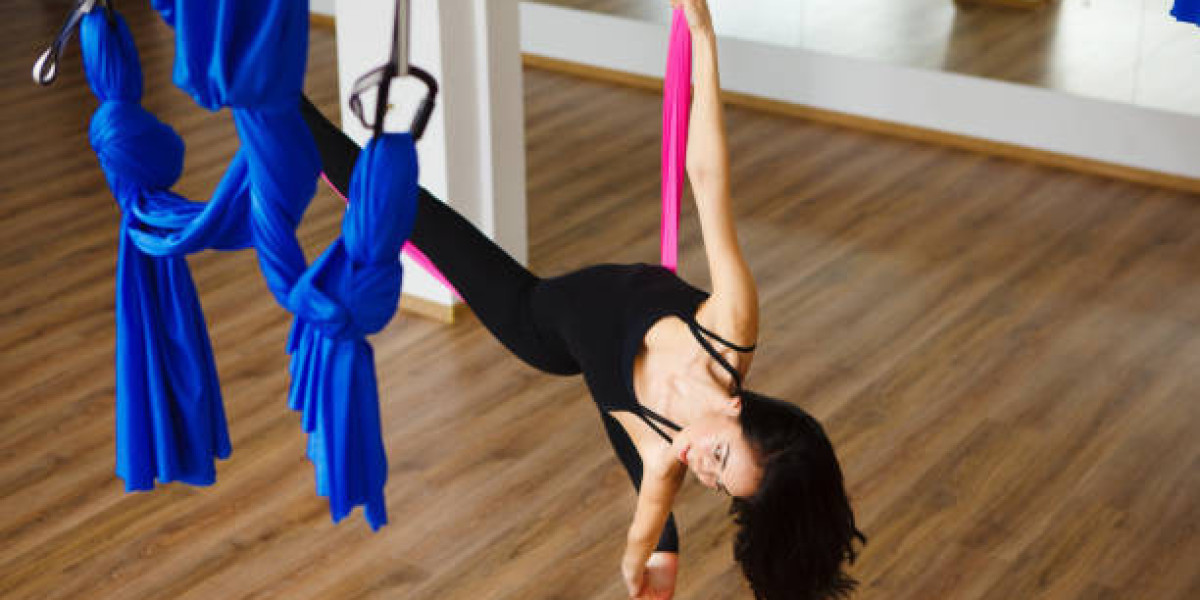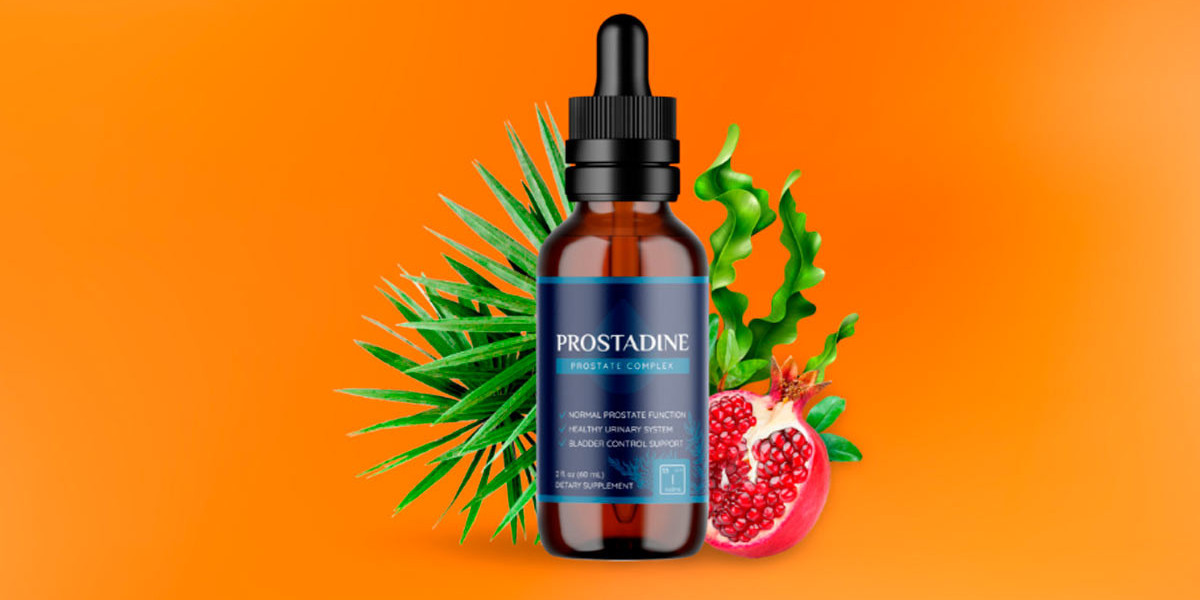Flexibility is an essential aspect of overall health and fitness, yet it is often overlooked in favor of strength and endurance training. Whether you want to prevent injuries, improve athletic performance, or simply move more freely, attending the right workout classes can significantly enhance your flexibility. This guide will help you choose the best workout classes for flexibility based on your fitness level, goals, and preferences.
Why Flexibility Matters
Flexibility isn't just about touching your toes—it plays a crucial role in daily movement, posture, and injury prevention. Regular stretching improves:
Joint mobility and range of motion
Muscle elasticity and strength
Circulation and recovery time
Balance and coordination
A well-rounded fitness routine should include exercises that enhance flexibility alongside strength and endurance training.
Top Workout Classes for Flexibility
1. Aerial Yoga for Stress and Relaxation
Aerial Yoga for stress and relaxation is one of the most effective classes for improving flexibility while also providing a calming experience. The use of silk hammocks allows participants to stretch deeper without placing excessive pressure on their joints.
Why Choose Aerial Yoga?
Supports full-body stretching with ease
Helps decompress the spine and improve posture
Combines relaxation and flexibility training
2. Yoga (Hatha, Vinyasa, or Yin Yoga)
Yoga is a go-to option for anyone looking to improve flexibility. Different yoga styles offer varying benefits:
Hatha Yoga: Focuses on slow and controlled movements, making it ideal for beginners.
Vinyasa Yoga: Includes fluid sequences that enhance flexibility through continuous motion.
Yin Yoga: Involves holding poses for extended periods, targeting deep connective tissues for improved flexibility.
3. Pilates for Core Strength and Flexibility
Pilates combines strength training with controlled flexibility exercises, making it an excellent choice for improving mobility. Using a mat or reformer machine, Pilates focuses on lengthening muscles while building strength.
Why Choose Pilates?
Enhances flexibility through controlled stretching
Strengthens core muscles for better posture
Reduces tension and stiffness in the body
4. Dance Classes (Ballet, Contemporary, Pole Fitness)
Dance-based workouts naturally incorporate flexibility training, as they require fluid, dynamic movements that stretch muscles continuously.
Best Dance Styles for Flexibility:
Ballet: Strengthens and elongates muscles, enhancing grace and flexibility.
Contemporary Dance: Focuses on expressive movements that promote deep stretching.
Pole Fitness: Involves full-body strength training while improving flexibility through controlled movements.
5. Mobility and Functional Stretching Classes
These classes focus on increasing the body’s natural range of motion through active stretching techniques. Functional mobility workouts involve dynamic stretches that mimic real-life movements, improving flexibility and movement efficiency.
Why Choose Mobility Classes?
Helps prevent injuries by increasing joint flexibility
Improves athletic performance with functional movement training
Enhances daily movement efficiency
How to Select the Best Flexibility Workout Class for You
Choosing the right class depends on your fitness level and personal preferences:
For relaxation and deep stretching: Yin Yoga or Aerial Yoga for stress and relaxation.
For a balance of flexibility and strength: Pilates or dance-based workouts.
For functional movement and mobility: Dynamic stretching or mobility-focused classes.
If you enjoy fluid, dance-like movements, ballet or contemporary dance might be the best choice. If you prefer structured strength training with flexibility benefits, Pilates could be ideal.
Conclusion
Incorporating flexibility-focused workouts into your routine is essential for maintaining mobility, preventing injuries, and enhancing overall well-being. Whether you choose aerial yoga, Pilates, dance, or mobility classes, each workout offers unique benefits that contribute to improved flexibility.









